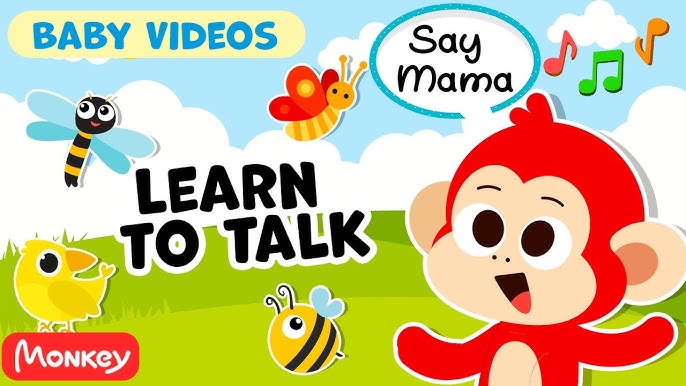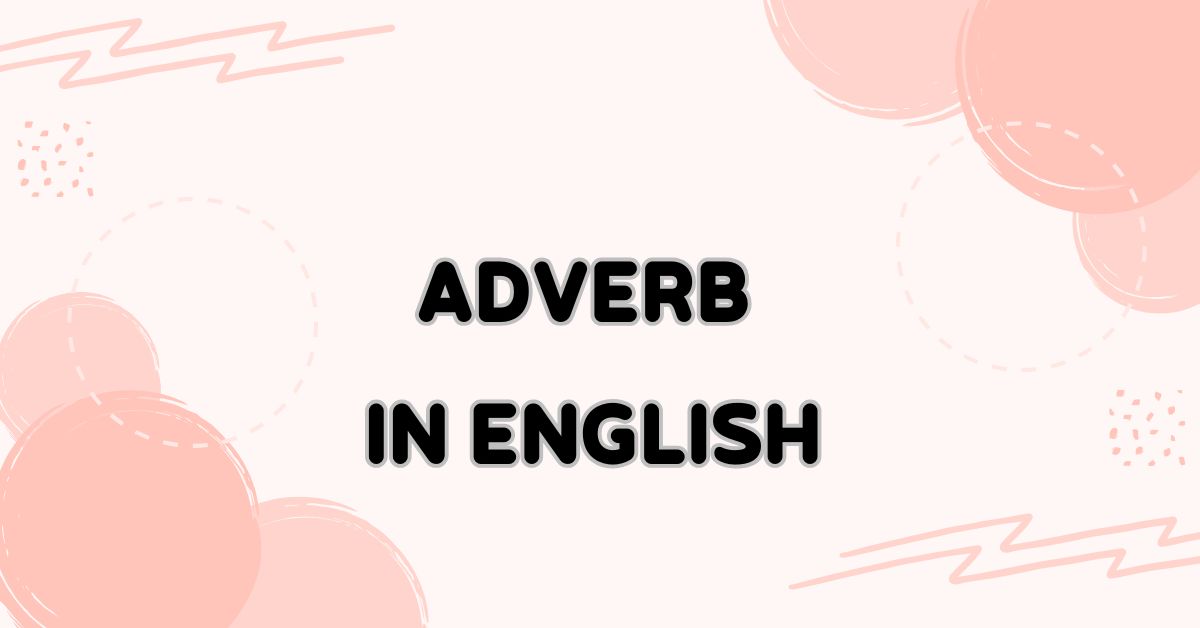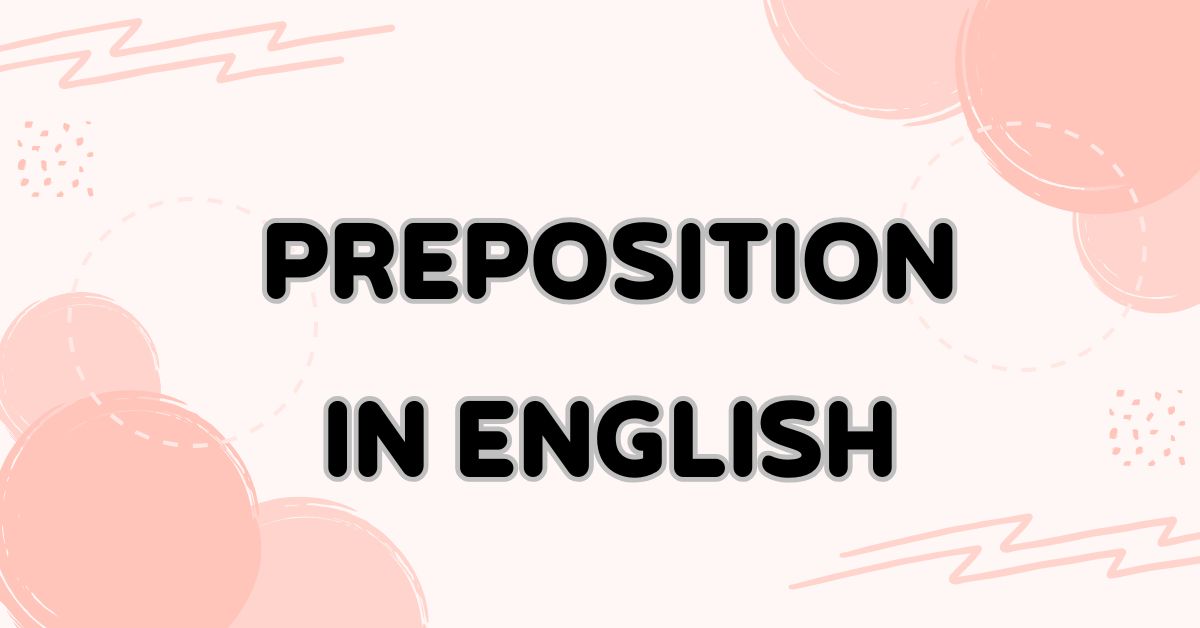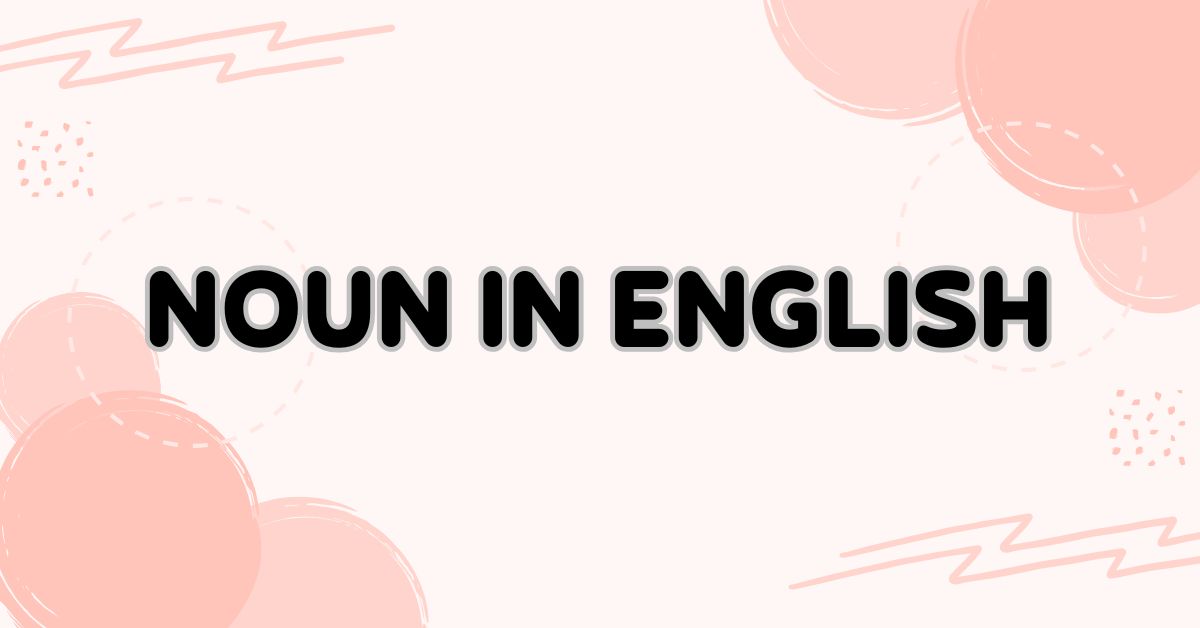When children start learning English grammar, they often meet many new words nouns, verbs, adjectives, and adverbs. Among these, the adverb in English grammar is an exciting part of speech that adds color and detail to sentences.
What Is an Adverb in English Grammar?
Before we dive into examples, let’s understand what an adverb really is.
An adverb in English grammar is a word that describes a verb, an adjective, or another adverb. It gives us more information about an action or situation.
For example:
-
She runs quickly. (describes how she runs)
-
He speaks softly.
-
The cat sleeps peacefully.
-
So, while verbs tell us what happens, adverbs tell us how it happens.
Tip for kids: Most adverbs end in -ly, but not all! Words like fast, well, and hard are also adverbs.

Types of Adverbs in English Grammar
To make adverbs easier to understand, we can divide them into different types. Each type gives a different kind of information in a sentence.
|
Type of Adverb |
What It Tells Us |
Examples |
Example Sentences |
|
Adverb of Manner |
How something happens |
quickly, slowly, happily |
She sings beautifully. |
|
Adverb of Time |
When something happens |
today, yesterday, soon |
I will call you tomorrow. |
|
Adverb of Place |
Where something happens |
here, there, everywhere |
The kids are playing outside. |
|
Adverb of Frequency |
How often something happens |
always, often, never |
He always eats breakfast. |
|
Adverb of Degree |
To what extent something happens |
very, too, quite |
This movie is very funny. |
Encourage children to recognize adverbs by asking simple questions:
-
How? (manner)
-
When? (time)
-
Where? (place)
-
How often? (frequency)
-
How much? (degree)
How to Use Adverbs in English Sentences
After understanding types, let’s learn how to use adverbs correctly. Adverbs can appear in different positions depending on their function in a sentence.
|
Position |
Usage Rule |
Example |
|
Before the main verb |
Often used with frequency adverbs |
She always smiles. |
|
After the main verb |
Used with manner adverbs |
He runs fast. |
|
At the beginning of a sentence |
To emphasize time or place |
Yesterday, we went to the zoo. |
|
Before adjectives or other adverbs |
To show degree |
It’s very cold today. / She runs quite fast. |
Children can try reading short stories or dialogues and highlight adverbs they find. This helps them notice how adverbs add detail and rhythm to language.
Forming Adverbs from Adjectives
One of the easiest ways to form adverbs is to add -ly to an adjective.
|
Adjective |
Adverb |
|
quick |
quickly |
|
happy |
happily |
|
careful |
carefully |
|
loud |
loudly |
|
beautiful |
beautifully |
However, there are some irregular adverbs that do not follow this pattern:
|
Adjective |
Adverb |
|
good |
well |
|
fast |
fast |
|
hard |
hard |
|
late |
late |
Help your child remember these through songs or fun flashcards.
Practice Exercises: Adverb in English Grammar
Let’s have some fun practice with adverbs! Try the exercises below, then check your answers at the end.
1. Identify the Adverbs
Find the adverb in each sentence.
-
The dog barked loudly.
-
She often visits her grandmother.
-
We will go home soon.
-
The baby slept peacefully.
-
He runs very fast.
2. Choose the Correct Adverb
-
She sings (beautiful / beautifully).
-
The students arrived (early / earlyly).
-
Tom speaks English (good / well).
-
The boy jumped (high / highly).
-
They work (hard / hardly).
3. Fill in the Blank with an Adverb
-
My cat eats _______. (How?)
-
We will play outside _______. (When?)
-
He can read _______ for his age.
-
She smiles _______ when she wins.
-
The stars shine _______ at night.
Answer Key
1. Identify the Adverbs: loudly, often, soon, peacefully, very & fast
2. Choose the Correct Adverb: 1. beautifully 2. early 3. well 4. high 5. hard
3. Fill in the Blank: (Answers may vary): 1. quickly 2. tomorrow 3. fluently 4. happily 5. brightly
Learn Adverbs in English Grammar with Monkey Junior
Learning adverbs in English grammar becomes much easier and more exciting with Monkey Junior, a fun and interactive English learning app designed especially for kids aged 0 - 11. Through engaging videos, games, and storytelling, Monkey Junior helps children recognize and use adverbs naturally, not through memorization, but through play and real-life examples.
Each lesson introduces adverbs with colorful visuals and native speaker pronunciation. Kids will see how adverbs describe actions, practice saying them aloud, and build confidence in speaking.
Monkey Junior’s multisensory learning method (seeing, hearing, touching, and repeating) ensures that children remember words faster and use them correctly in sentences.
By spending just 10 - 15 minutes a day, your child can:
-
Expand English vocabulary naturally
-
Learn grammar rules like adverbs, nouns, and verbs effortlessly
-
Develop strong listening and speaking skills
-
Have fun while learning
Start your child’s English journey today!
Try Monkey Junior for free and see how your little one can learn adverbs in English grammar joyfully and confidently!

Conclusion
Adverbs are small words that make a big difference in English. They tell us how, when, or where something happens helping kids express ideas more clearly. By understanding the adverb in English grammar, children can make their sentences richer and more accurate. Combine regular practice with interactive lessons on Monkey Junior, and your child will soon master English grammar with joy and confidence!




.png)





